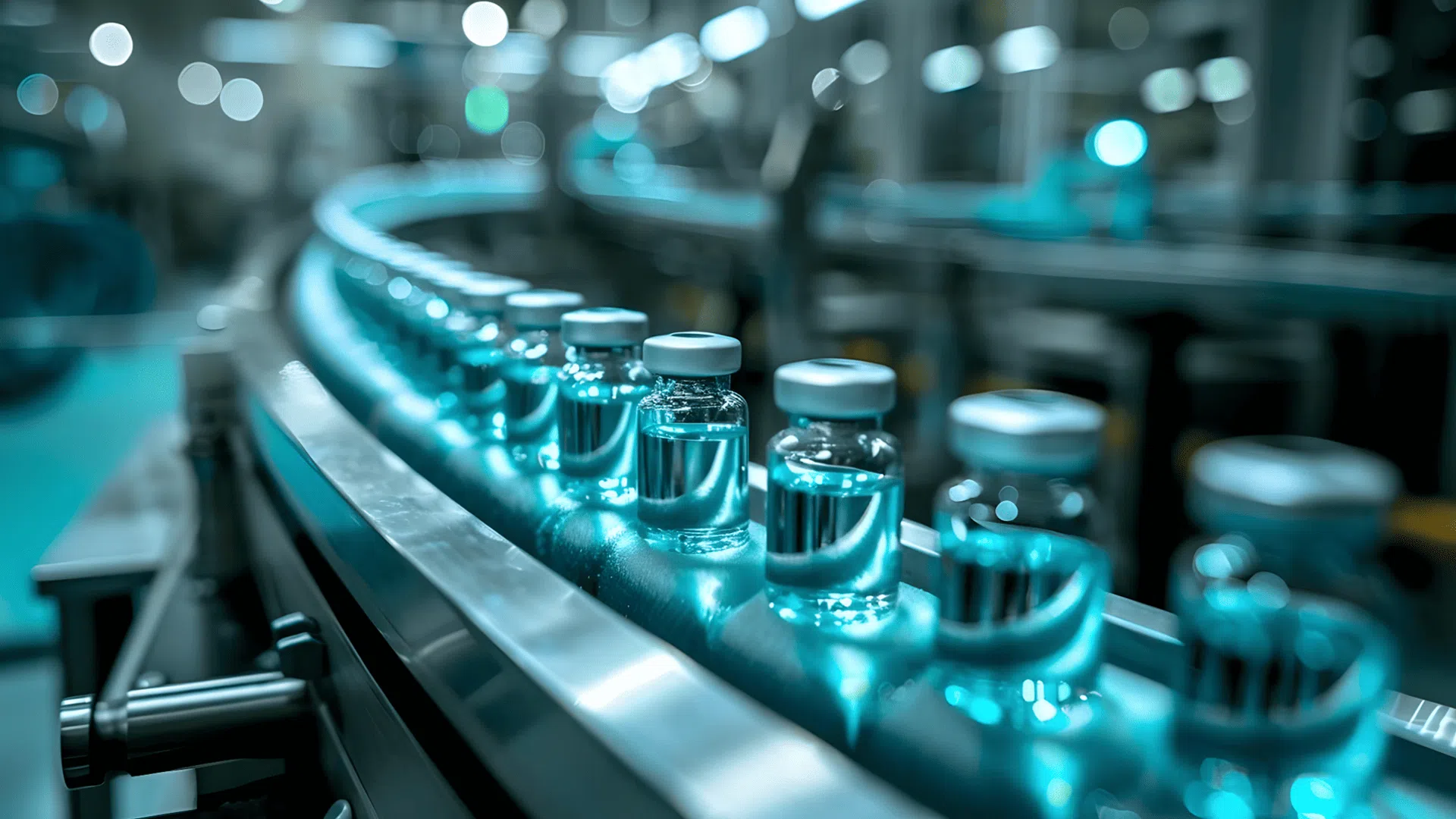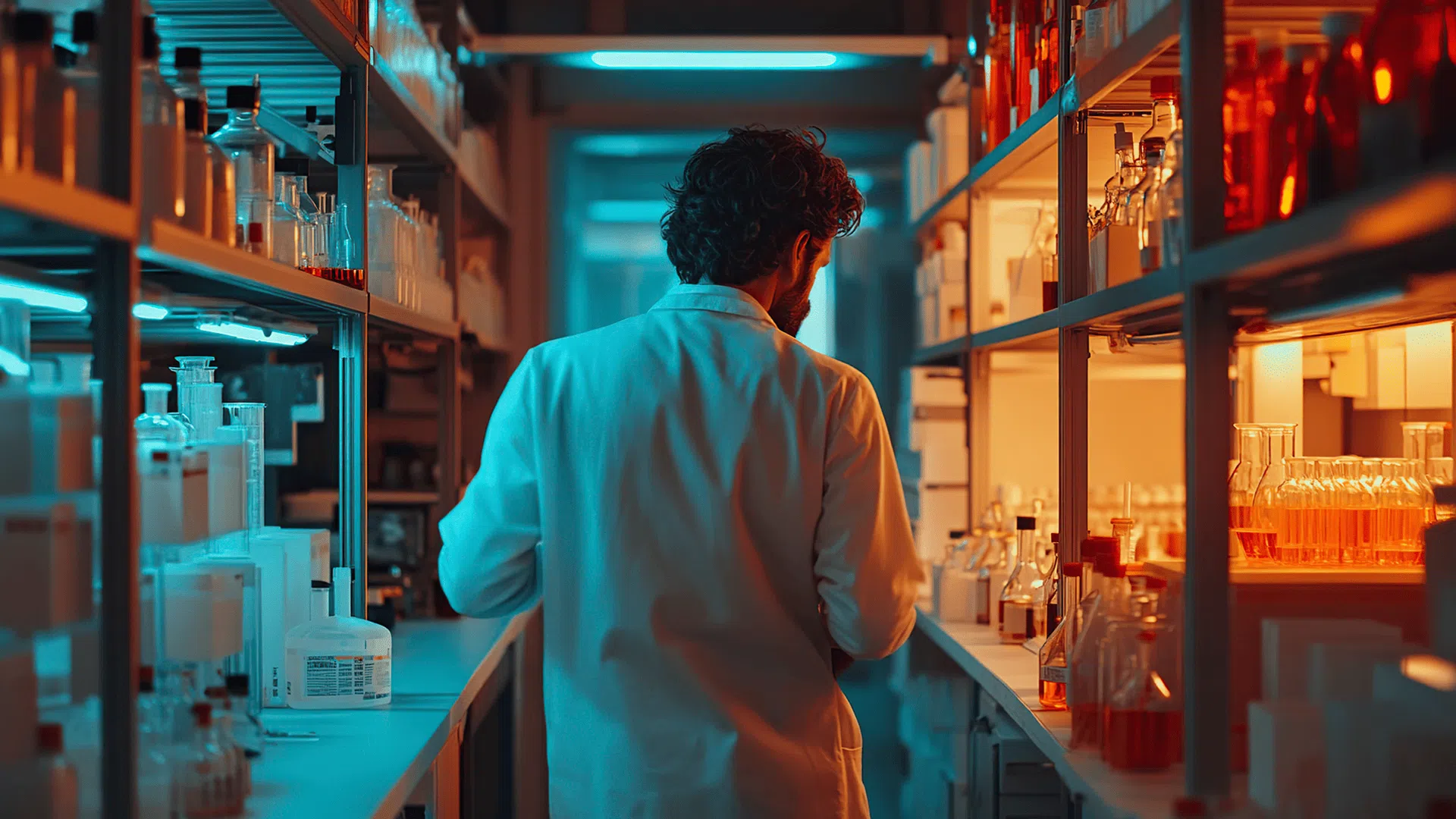Safe products are essential in the pharmaceutical industry – but what role does change control play?

Summary:
Digital recipe management is essential for safe, GMP-compliant processes in the pharmaceutical industry. An ERP system provides the central platform, documents every change end to end, and integrates quality controls – delivering sustainable success and a clear competitive advantage.
The recipe is the heart of any pharmaceutical product. It defines both the quantities of each component and their exact composition, forming the basis for high-quality, safe medicines. Yet many companies still manage their recipes in error-prone Excel spreadsheets or standalone solutions. Storage is opaque and poorly documented in folders. For inspectors, this is a nightmare – and for companies in regulated environments, an incalculable risk. Professional recipe management requires more: a modern, digital approach.
In the pharmaceutical environment, numerous regulations and standards apply. The most important include:
Good Manufacturing Practice (GMP)
Documented processes, complete traceability, and uncompromising quality: GMP requires every recipe change to be approved, documented, and reproducible. Without a suitable system, this is nearly impossible.
Arzneimittelgesetz (AMG)
The AMG specifies which substances a medicinal product must contain and in what composition. With this requirement, recipe management reliably ensures for every batch that only approved active ingredients are used – and in the intended quantity.
FDA CFR Part 11
FDA CFR Part 11 is a U.S. regulation issued by the Food and Drug Administration. Its key requirements: digital recipe management must be tamper-proof, auditable, and support electronic signatures. If these requirements are not met, approval processes will face significant issues.
Regulations, requirements, and inspections in the pharmaceutical industry are strict. One thing is certain: in pharma, quality is no coincidence – it is the result of standardized, documented, and controlled processes. However, maintaining this consistency and reliability can be challenging. A modern ERP system tailored to the specific needs of the pharmaceutical industry enables:
It is essential to note that product recipes do not exist in isolation – they are fully integrated with processes, inspection plans, and documentation. Only this integration creates an end-to-end, controlled manufacturing process.
In most cases, recipe management focuses primarily on meeting regulatory requirements – but it can deliver much more: a genuine competitive edge. Pharmaceutical companies that limit themselves to compliance may meet the formal requirements, yet miss out on valuable potential. Those who use their recipe management system intelligently and comprehensively create the ideal foundation to stay ahead of the competition:
Shorter development cycles
Clearly structured recipe processes accelerate product approvals and bring new products to market faster.
Reduced risks
Recipes are processed only with approved active ingredients. This increases process reliability and prevents costly errors.
More efficient use of resources
Materials and capacities are optimally planned through direct integration with production, purchasing, and quality control.
Fast response to changes
Whether new regulations or raw material deviations – adjustments can be centrally managed and approved within the system.
The result? A digitally controlled recipe management system that not only ensures safety but also fosters innovation and drives long-term business success.
Choosing the right ERP system is not merely an IT decision – it’s a strategic one. It determines whether you stay compliant, work efficiently, and remain a leader in your market. With our ERP for the pharmaceutical industry, you manage recipes securely, in a validated and future-ready way – creating a solid foundation for genuine competitive advantage.
 Change control in the pharmaceutical industry – Beitrag öffnen
Change control in the pharmaceutical industry – Beitrag öffnen
Safe products are essential in the pharmaceutical industry – but what role does change control play?
 Digital transformation in pharmaceutical industry – Beitrag öffnen
Digital transformation in pharmaceutical industry – Beitrag öffnen
Opportunities and challenges of Digital Transformation in the highly regulated pharmaceutical industry. Is the digital path even possible here?
 Success story: Hameln Pharma – Beitrag öffnen
Success story: Hameln Pharma – Beitrag öffnen
hameln pharma connects an external warehouse via a standard interface and saves time through automated processes.